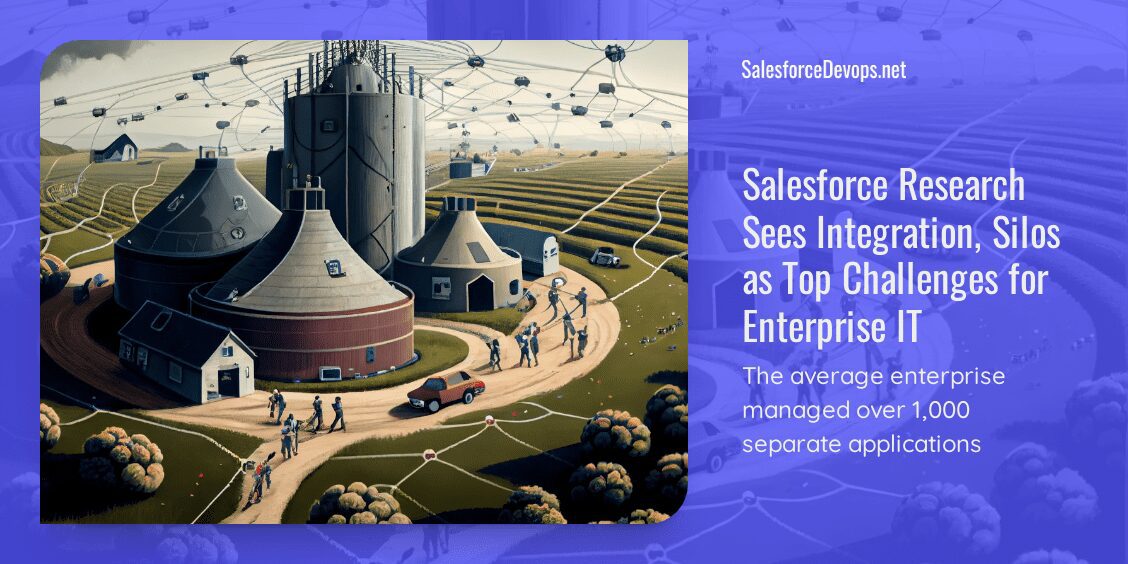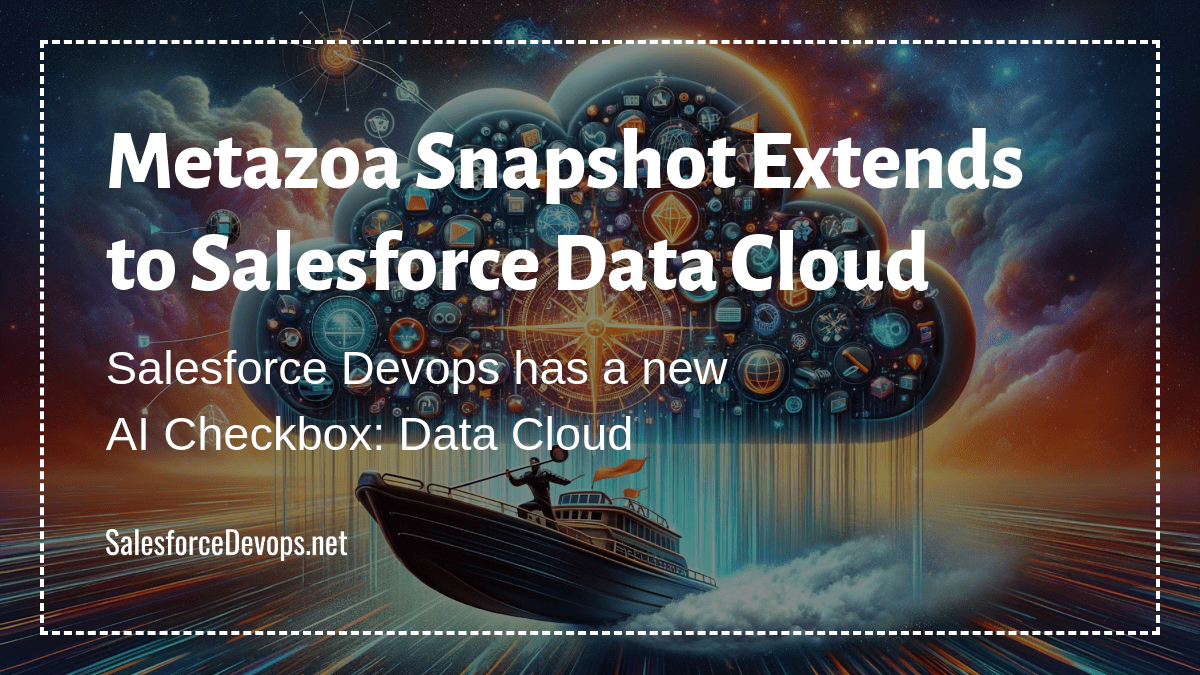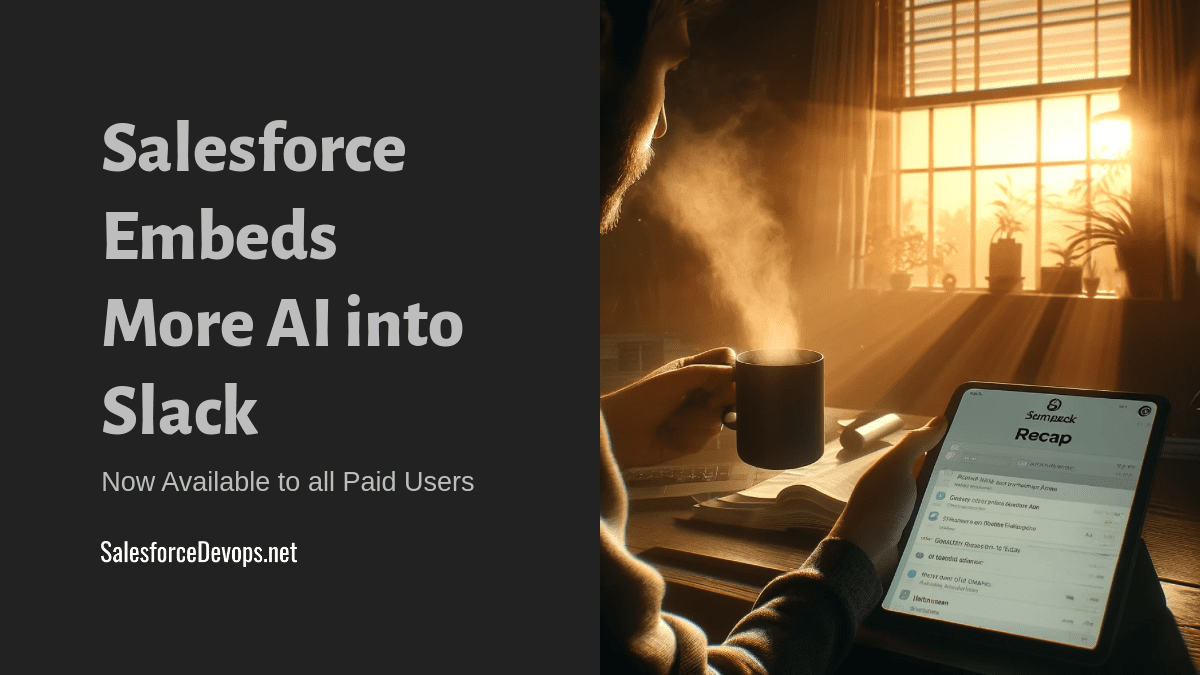Salesforce Research Sees Integration and Silos as Top Challenges for Enterprise IT
MuleSoft, a division of Salesforce based in San Francisco, today released its 8th annual Connectivity Benchmark Report. The 64 page report highlights the headwinds encountered by IT organizations engaged in digital transformation. Amazingly, the average number of applications used by respondents has risen from 976 in 2022 to 1,061 in 2023. And the cost to perform custom application integration rose to $4.7 million, up from $3.7 million in 2022. But the research also shows momentum towards increased IT budgets and organizations making progress.
“We’ve seen significant investment and dedication from businesses looking to digitally transform. Even amid uncertain economic conditions, digital transformation efforts are well underway, and even speeding up in some cases,” said Matt McLarty, CTO of MuleSoft. “However, integration efforts are lagging, and businesses cannot realize the full value of their data and application portfolios. Integration tools and automation will help close that gap, enabling the productivity, efficiency, and innovation that will allow businesses to create success now and in the future.”
Global IT Survey
This MuleSoft study is a survey of the largest global enterprises headquartered in the United States, United Kingdom, France, Germany, the Netherlands, Australia, Singapore, Hong Kong, and Japan. It was performed as an online survey with 1,050 respondents between October and November 2022. The average staff budget managed by these IT leaders was about $11.7 million per year. The results are nicely summarized in a 62-page PowerPoint PDF.
Key Findings
The Connectivity Benchmark Report findings for 2023 are focused on digital transformation and IT investments in general. Some key findings include:
- Application integration remains the primary challenge. Some problems seem to be increasing, such as the average number of applications reported rising to 1,061 in 2023. And the cost to integrate those applications is high, rising to $4.7 million each in 2023. Plus, organizations are not increasing the share of integrated applications, which has hovered around 29% since 2021.
- IT Budgets are on the rise. The $11.7 million in reported budgets is a 22% increase from 2022. This is a turnaround from 2022, when reported budgets were cut 4% from 2021.
- Digitization projects drive revenue. Organizations increasingly believe that digital transformation is directly tied to revenue generation. On average, respondents said they would lose $9.5 million in annual revenue if their projects failed, up 39% from 2022.
- IT improvements are underway. Respondents report a slight improvement in delivery times. 48% of respondents said they completed all projects requested of them, up from 44% in 2022. And respondents reported a significant improvement in their IT infrastructure. 54% of respondents said their infrastructure prevented the introduction of new technologies, down from 70% in 2022.
- Robotic Process Automation (RPA) interest is holding steady. The use of RPA to automate manual work seems to have paid off for the 33% of respondents who say they are investing in RPA in 2023. That is a slight increase from 2022, when 31% of respondents said they were going to invest in RPA. But interest in RPA is holding steady after leaping ahead from 13% in 2021.
Interesting Raw Data
Here is some raw data presented from the study I found interesting. The full report also does a nice job of slicing and dicing this data by region and industry.
Digital Transformation
Tied at the top of concerns about digital transformation were concerns about management, integration, skill acquisition, risk management, labor management, and migrating old systems.
| Integrating siloed apps and data | 36% |
| Lack of skill sets and experience within existing IT team | 36% |
| Risk management, compliance and/or legal implications | 36% |
| Hiring and retaining the IT team | 34% |
| Legacy infrastructure and systems | 34% |
| Migrating legacy code or applications | 33% |
| Business and IT misalignment | 30% |
| Resources and budget allocation | 30% |
| Creating a single view of your customers | 27% |
| Too many manual and paper processes | 27% |
| Time constraints | 22% |
| There are no challenges to digital transformation | 1% |
Data Integration Challenges
The top data integration concerns centered around moving data from place to place, and to get value from putting it together.
| Incorporating data-derived insights into user-facing applications | 77% |
| Moving data from source systems into the data warehouse | 75% |
| Reusing data sources across different user-facing applications | 72% |
| Correlating data in the warehouse to derive insights | 68% |
| We do not face any data integration challenges | 2% |
Industry Analysis
Vendor-backed industry studies are usually designed to highlight the problems solved by the vendor. In this case, MuleSoft is telling us that you need more MuleSoft to solve your integration problems, which might be true! But we can still glean some bits of independent industry analysis from the study’s data.
The proliferation of applications and the resiliency of silos to data integration remains a formidable challenge for today’s enterprise. When customers look for automation and integration solutions, SaaS systems like MuleSoft are positioned as a critical integration platform between siloed data. But MuleSoft success is not guaranteed. It has plenty of competition in API management, so it needs to step it up with additional innovation.
The demand for data integration is the reason why Salesforce pushed its own customer data platform (CDP), Salesforce Genie, at Dreamforce 2022. As customers saturate the CRM and ERP markets, CDP is the next frontier for SaaS vendors and IT workers.
One area the study does not specifically investigate what management initiatives are being used to address these challenges. Today progressive organizations are using multidisciplinary product teams to help speed along digital initiatives. This is a management philosophy that Gartner calls Fusion Teams, and is also referred to as Teams of Teams or Team Topologies.
I found the need for “risk management” in digital transformation to be interesting. Frequently, the need to comply with special regulatory requirements is what drives Salesforce customers into the arms of the Salesforce devops platform vendors. This is because using devops in release management allows customers to be more rigorous in how they document org changes. It seems like the study respondents also appreciate the need for devops, SRE and platform engineering in their delivery practices.
Enterprise IT Demand Still Seems Strong
This Mulesoft research confirms an explanation of why enterprise IT seems to be weathering the global economic turmoil. With increased budgets, and a more streamlined IT infrastructure, organizations are still focused on customer-centric integration gains through digitization efforts. So, this bodes well for enterprise IT companies like Salesforce, ServiceNow, Oracle, SAP, and Snowflake. And this study also indicates big companies will continue to stoke the demand for high-end IT talent.
In a customer-centered world, service delivery depends on the right data being in the right place at the right time. But the challenges in application proliferation and integration don’t seem to be abating. IT leaders must also confront divisional silos in their organization, educate business creators, and deliver enterprise value through new customer-centric digital products. It looks like being an IT leader is still getting harder, not easier!
As the industry eases into a new, CDP-led growth phase, SaaS systems like the MuleSoft integration platform are leading the way customer-centric CDP integrations. But SaaS solutions like MuleSoft need to hurry up and compete, or they may lose ground to customers performing integrations directly on hyperscale platforms like AWS, Azure, or GCP.
You can download the Mulesoft 2023 Connectivity Benchmark Report here.






